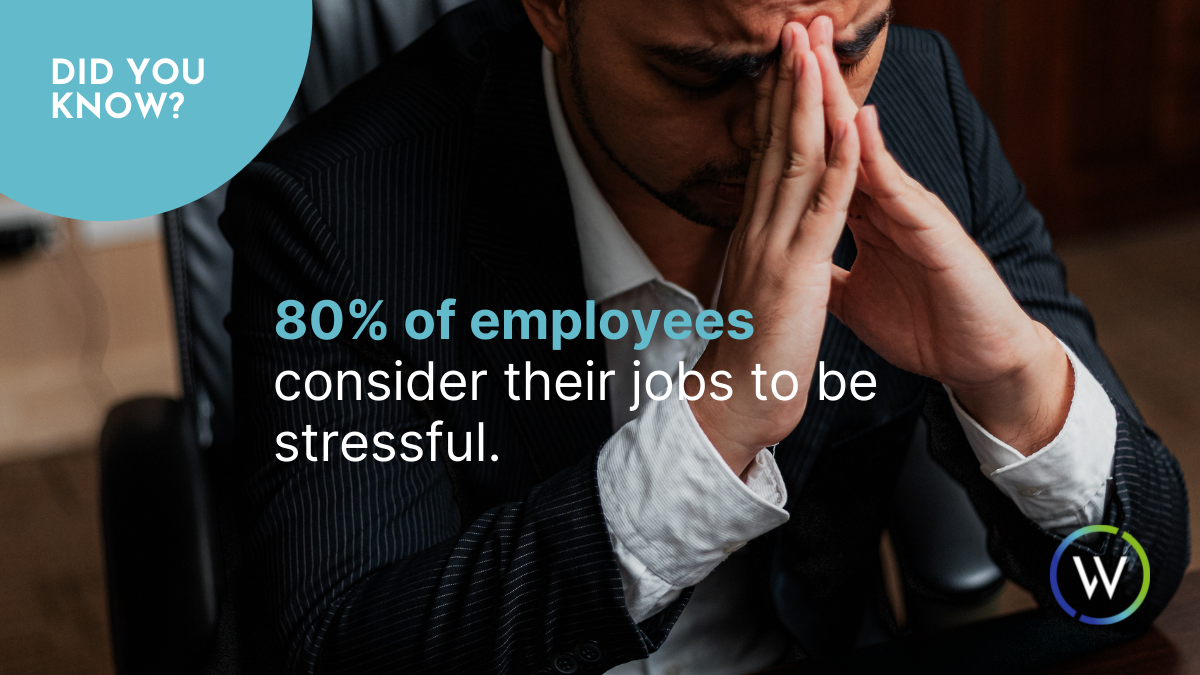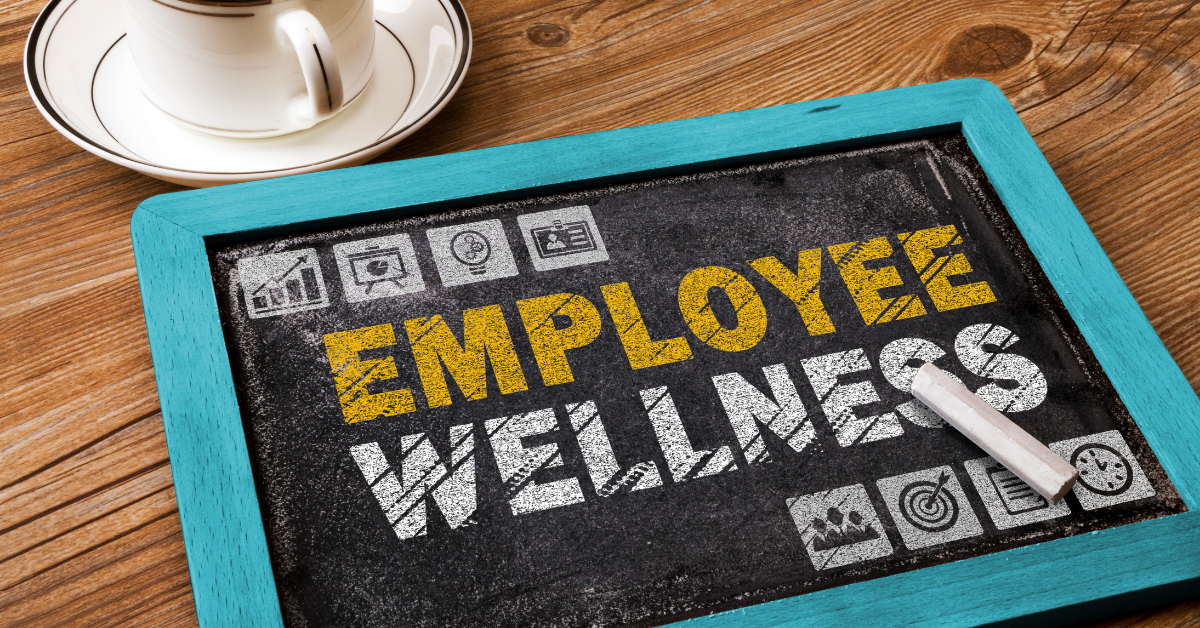November 3rd was National Stress Awareness Day.
Most of us probably missed it, as November stress is usually driven by Thanksgiving, picking up the free turkey, determining what to make for the vegan family members, and deciding where to seat Aunt Millie, who gave up showering at the onset of the pandemic. But stress is all around us, in our personal lives and in the workplace. Managing stress in the workplace can be a daunting task.
Did you know that 80% of employees consider their jobs to be stressful? That is 8 out of every 10 employees, a number that both employees and employers should find stressful.

Perhaps before we work on reducing stress, though, we need to understand exactly what stress is.
What Is Stress
Stress is our body’s natural response to any type of demand, a feeling of emotional or physical tension in response to an event or thought that causes us to be nervous, angry, or frustrated. While stress is most often viewed as having mental components to it, which it certainly does, in the form of anxiety, depression, irritability, and difficulty concentrating, we must not dismiss the equally devastating physical ailments that frequently accompany stress, including insomnia, upset stomach, loss of appetite, chest pain, and headaches.

Key Strategies to Managing Stress in the Workplace
There is no magic pill to combat stress, but we can manage our lives so that we are not incapacitated by stress. We can begin by establishing boundaries and taking steps that enable us to achieve that work/life balance that many of us find so elusive.
Here are some key strategies to follow in managing stress in the workplace:
- Prioritize what is most important – every work assignment is important, but determine what is most critical, and focus on that first.
- Limit interruptions, so you can focus on the assignment at hand.
Block time on your calendar to work on a specific project and focus only on that project. - Take breaks – while it might appear to be counter-productive to getting the job done, breaks are essential to both physical and mental health. Walk away from your desk, eat a healthy snack, take a few deep breaths, chat briefly with a colleague, and you will feel refreshed and ready to tackle anything.
- Exercise – use your lunch hour to take a walk, and if you are working remotely, jump on the treadmill or elliptical, or work out along with an exercise video. Richard Simmons still sells videos for those of you who are interested.
- Meditate – many people find meditation extremely helpful in reducing stress, so give it a try.
- Listen to Relaxing Music – a favorite song can change your entire outlook, especially if you sing along at the top of your lungs.
Please don’t take stress lightly, it is quickly replacing the heart attack as the silent killer. Be aware of your stress level, take steps to manage it, and both your body and your mind will thank you.
Employee Wellness: A Key Program in Managing Stress in the Workplace
Employee wellness is critical to the success of both the employee and the employer, and a healthy, well-balanced employee is happier, feels more supported, and is, therefore, more focused and productive.
If your employee benefits provider does not have a wellness program included, it may be time to look elsewhere. Learn about 7 steps to wellness by Sapoznik, a World Company, an employee benefits provider with a passion for wellness.

GET STARTED WITH A FREE CONSULTATION
Creating a custom benefits package is critical for companies of all sizes.